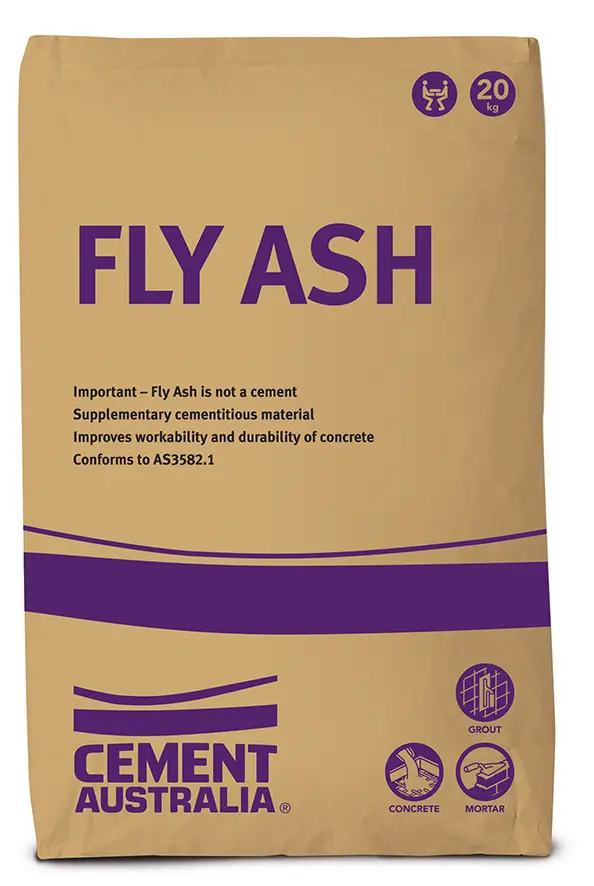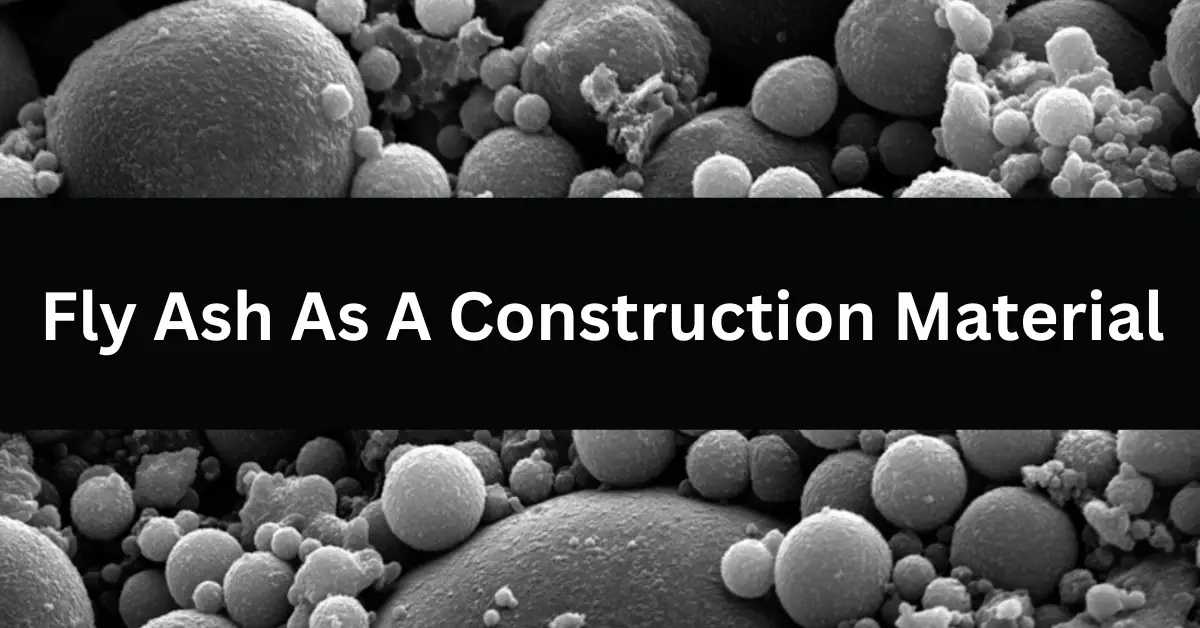Let’s learn how fly ash can be used as a material in construction.
Fly ash is a byproduct of burning coal in power plants. It is composed primarily of silicon dioxide, aluminum oxide, and iron oxide. These tiny particles are collected from the flue gases using electrostatic precipitators or other particle control devices before they are released into the atmosphere.
Fly ash can be used as a replacement for some of the cement in concrete. One of the most common uses of fly ash in building structures is as a replacement for Portland cement in concrete. Fly ash can be added to concrete in quantities ranging from 15% to 35% by weight, depending on the desired properties of the finished product.When used in concrete, fly ash improves the workability of the mix and can increase its strength, durability and resistance to sulfates and other aggressive chemicals.
It can also be used as a filler in asphalt . When added to asphalt, fly ash can improve its resistance to rutting and improve its durability.

Fly ash is also used in the manufacturing of bricks, blocks, and pavers. It can be used as a substitute for clay or other traditional brick making materials, resulting in a more durable, consistent and sustainable product.
However, not all fly ash is suitable for use in construction, and it must be tested to ensure that it meets the required chemical and physical standards.
In summary, fly ash is a byproduct of burning coal in power plants, composed mainly of silicon dioxide, aluminum oxide, and iron oxide. It can be used as a replacement for some of the cement in concrete and other construction materials, as well as a soil amendment. It has many advantages such as increasing strength, durability, and resistance to sulfates and other aggressive chemicals. However, it is important to test the fly ash to ensure that it meets the required standards before use.

Table of Contents
What are the disadvantages of replacing cement with fly ash?
- Availability: Fly ash may not be readily available at all locations, making its use as a substitute for cement limited in some regions.
- Quality variability: Fly ash quality can vary greatly depending on the source, which can affect its performance as a replacement for cement.
- Compatibility: Fly ash may not always be compatible with other building materials, such as aggregate or admixtures, leading to performance issues.
- Workability: Fly ash can reduce the workability of concrete, making it more difficult to place and finish.
- Cost: Although fly ash is generally less expensive than cement, the cost can still be a barrier for some applications, especially for small-scale projects.
- Performance: Fly ash may not perform as well as cement in certain applications, such as high-strength concrete or exposure to severe environmental conditions.
How to improve the performance of concrete when using fly ash?
- Proper proportioning: Proper proportioning of fly ash and other components such as cement, water, and aggregate is crucial for improving the performance of concrete.
- Quality control: Ensuring consistent quality of fly ash through proper procurement and testing is important for ensuring its performance as a replacement for cement.
- Admixtures: The use of admixtures such as superplasticizers can help improve the workability of concrete made with fly ash.
- Curing: Adequate curing is critical for ensuring the development of strength in concrete made with fly ash.
- Mix design: A mix design that takes into account the characteristics of the fly ash being used, such as its fineness, pozzolanic reactivity, and particle size distribution, can help improve performance.
- Durable aggregates: Using durable aggregates, such as those with low absorbency and high strength, can help improve the durability of concrete made with fly ash.
- Proper storage and handling: Proper storage and handling of fly ash is important to prevent contamination and ensure consistent quality.











